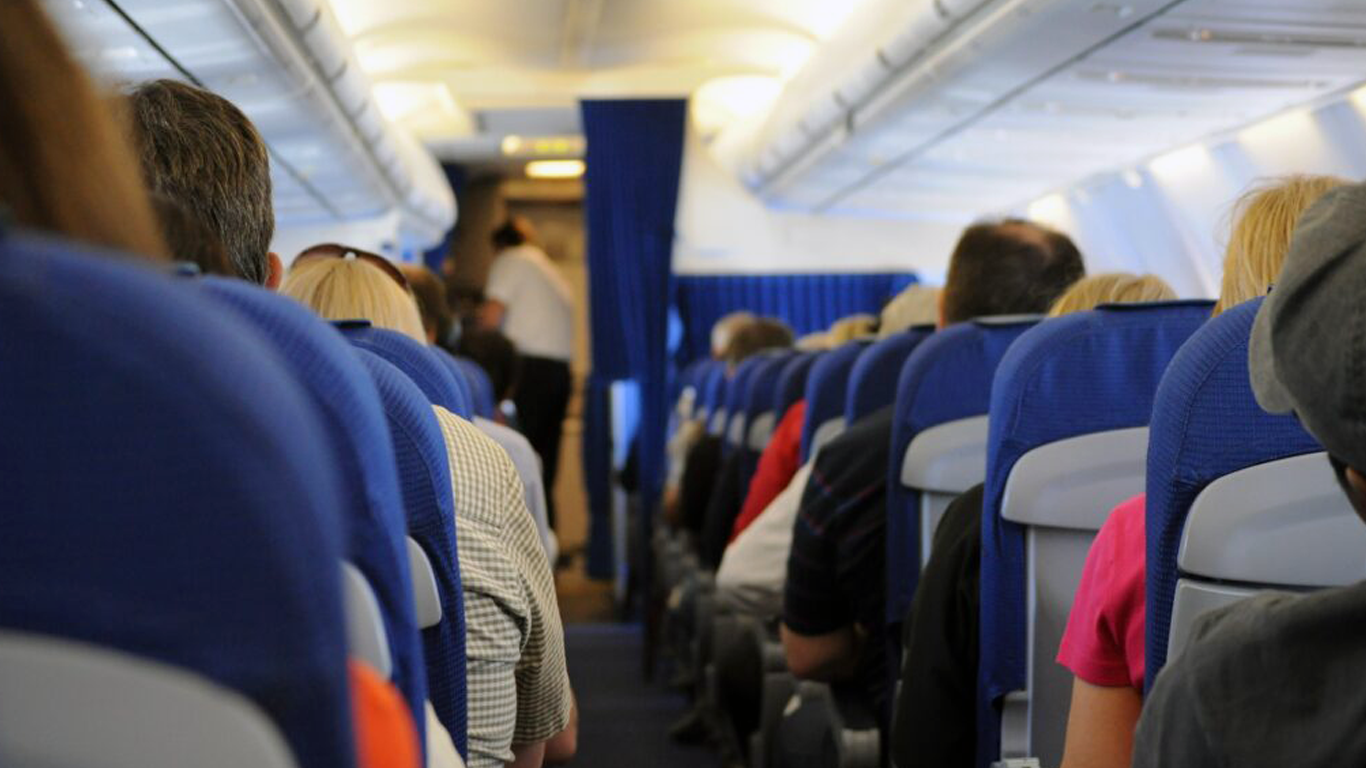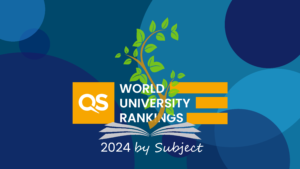Since the beginning of the pandemic, the Government of Canada has taken a layered approach to border management to protect the health and safety of Canadians. On September 26, 2022, the Government of Canada announced the removal of all COVID-19 entry restrictions, as well as testing, quarantine, and isolation requirements for anyone entering Canada, effective October 1, 2022.
Effective October 1,2022, all travelers, regardless of citizenship, will no longer have to:
• Submit public health information through the ArriveCAN app or website;
• Provide proof of vaccination;
• Undergo pre- or on-arrival testing;
• Carry out COVID-19-related quarantine or isolation;
• Monitor and report if they develop signs or symptoms of COVID-19 upon arriving to Canada
• Undergo health checks for travel on air and rail; or
• Wear masks on planes and trains
Individuals are reminded that they should not travel if they have symptoms of COVID-19. If travellers become sick while travelling, and are still sick when they arrive in Canada, they should inform a flight attendant, cruise staff, or a border services officer upon arrival. They may then be referred to a quarantine officer who will decide whether the traveller needs further medical assessment as COVID-19 remains one of many communicable diseases listed in the Quarantine Act.
The Government of Canada also reminds travellers to make informed decisions when considering travel outside of Canada to protect their health and safety. They are encouraged to review the travel advice at https://travel.gc.ca/travelling/advisories for more information on safe travel.
International students who are in Canada can continue to do their part to protect themselves and others, and reduce the spread of COVID-19, by getting vaccinated and boosted, using high quality and well-fitted masks where appropriate, self-isolating if they have symptoms and self-testing if they can.
Reference: Public Health Agency of Canada






